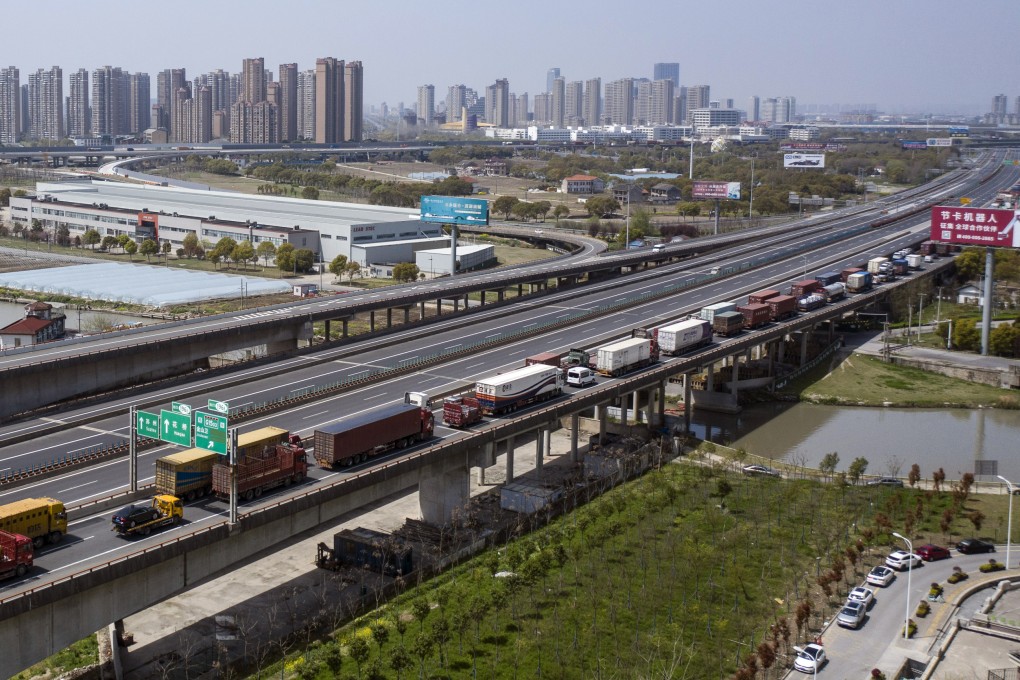China’s transport restrictions have upended goods trade, Premier Li says in calling for logistical changes
- Li Keqiang tells transport authorities that customs-clearance process must be faster and more efficient at major ports, to stabilise and protect the industrial supply chain
- World Bank revises down its GDP growth forecast for China following disruptive outbreaks and lockdowns that have suppressed economy

China’s premier has instructed the nation’s transport authorities to better facilitate the movement of goods, as strict zero-Covid measures and regional outbreaks continue to take a hefty toll on the sector that is characterised by high mobility.
As a guarantor of China’s economic development, road freight is responsible for more than 80 per cent of freight transport in the country.
However, as several cities and regions started reporting outbreaks of the highly contagious Omicron coronavirus variant, China’s road-freight activity fell by 26.6 per cent in April compared with the same month last year, and by 6 per cent cumulatively from January to April, according to industry data.
During a symposium at the Ministry of Transport on Monday, Premier Li Keqiang played up the importance of transport in a market economy, according to a Xinhua report.